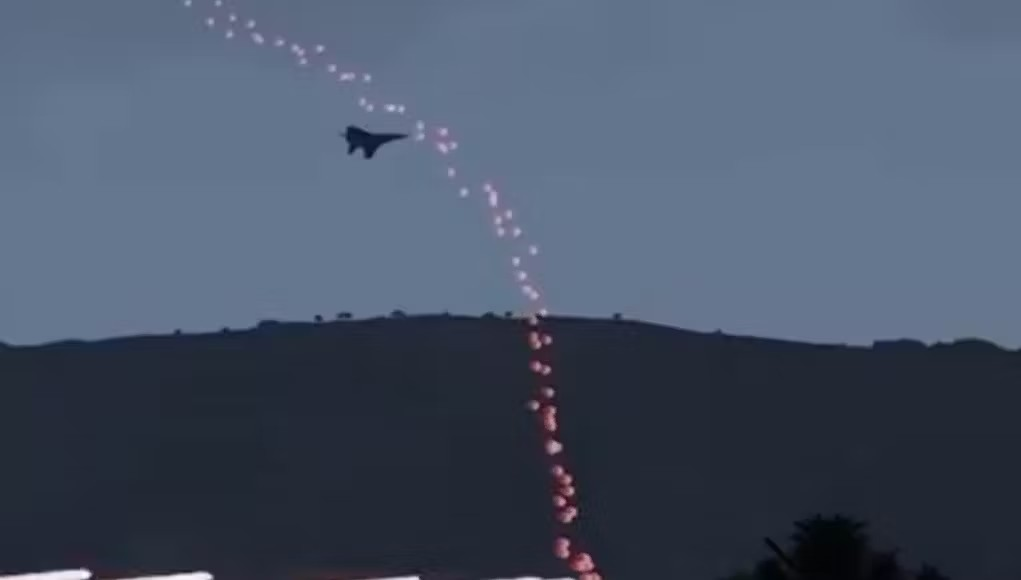A viral Arma 3 clip shared by Pakistan’s official account sparks controversy amid rising India-Pakistan tensions.
Recently, an official social media handle of the Government of Pakistan (@GovtofPakistan) shared a video clip that appeared to show a military aircraft being shot down. At first glance, the footage seemed to document real-time combat activity—especially alarming given the recent spike in India-Pakistan military tensions. However, the narrative unraveled swiftly.
The official Twitter account of the Government of Pakistan has posted footage from the video game ARMA 3, claiming it shows a real military response to alleged Indian aggression.https://t.co/aEKDzF3fcT
— UK Defence Journal (@UKDefJournal) May 9, 2025
Upon closer inspection by military analysts and internet users, the footage was identified as gameplay from Arma 3, a hyper-realistic military simulation video game. The clip was not only fictional—it was recycled from publicly available gameplay. The blunder sparked a wave of backlash and ridicule online.
Netizens quickly began mocking the government post. Some sarcastically suggested Pakistan had “shot down UFOs from Mars” or “landed on Jupiter,” highlighting the absurdity of using a game to bolster real-world military claims. The incident was especially embarrassing due to the fact that it came not from media or third parties—but an official government account.
Why was the video of Arma 3 Game Shared?
The timing of the post is significant. Just days earlier, the Indian Armed Forces launched Operation Sindoor (May 6–7, 2025), executing targeted airstrikes on terror hideouts in Pakistan in retaliation for a deadly terrorist attack in Pahalgam (April 22, 2025).
In what many analysts describe as a hurried attempt to craft a counter-narrative, the Pakistani government’s official handle uploaded the clip. But the strategy backfired, with viewers swiftly recognizing the footage from Arma 3, a game known for its combat realism but clearly not real-world footage. Meanwhile, the Indian Armed Forces released evidence-based updates, showcasing before-and-after imagery of targeted locations and emphasizing that the objectives had been achieved. Air Marshal A.K. Bharti confirmed that all pilots were safe and the strikes had been “precision-focused and fully successful.”
How has the global community and media reacted to this incident?
The video did not only attract ridicule in India but also drew international attention. Even Western audiences, including streamers and commentators such as Asmongold, mocked the post. Clips of these reactions have gone viral, with viewers globally expressing disbelief that a government body would mistake (or misuse) a video game for real-life military footage.
Critics also pointed out the ethical responsibilities of governments and media organizations. While some Indian media outlets have been accused of sensationalism in the past, the key difference in this case is that a government entity—not a news channel—shared misleading content. This has raised questions about information verification protocols and digital media literacy within government circles. Misinformation at such high levels of state representation can lead to serious diplomatic consequences, especially during heightened military tensions between two nuclear-armed neighbors.





















